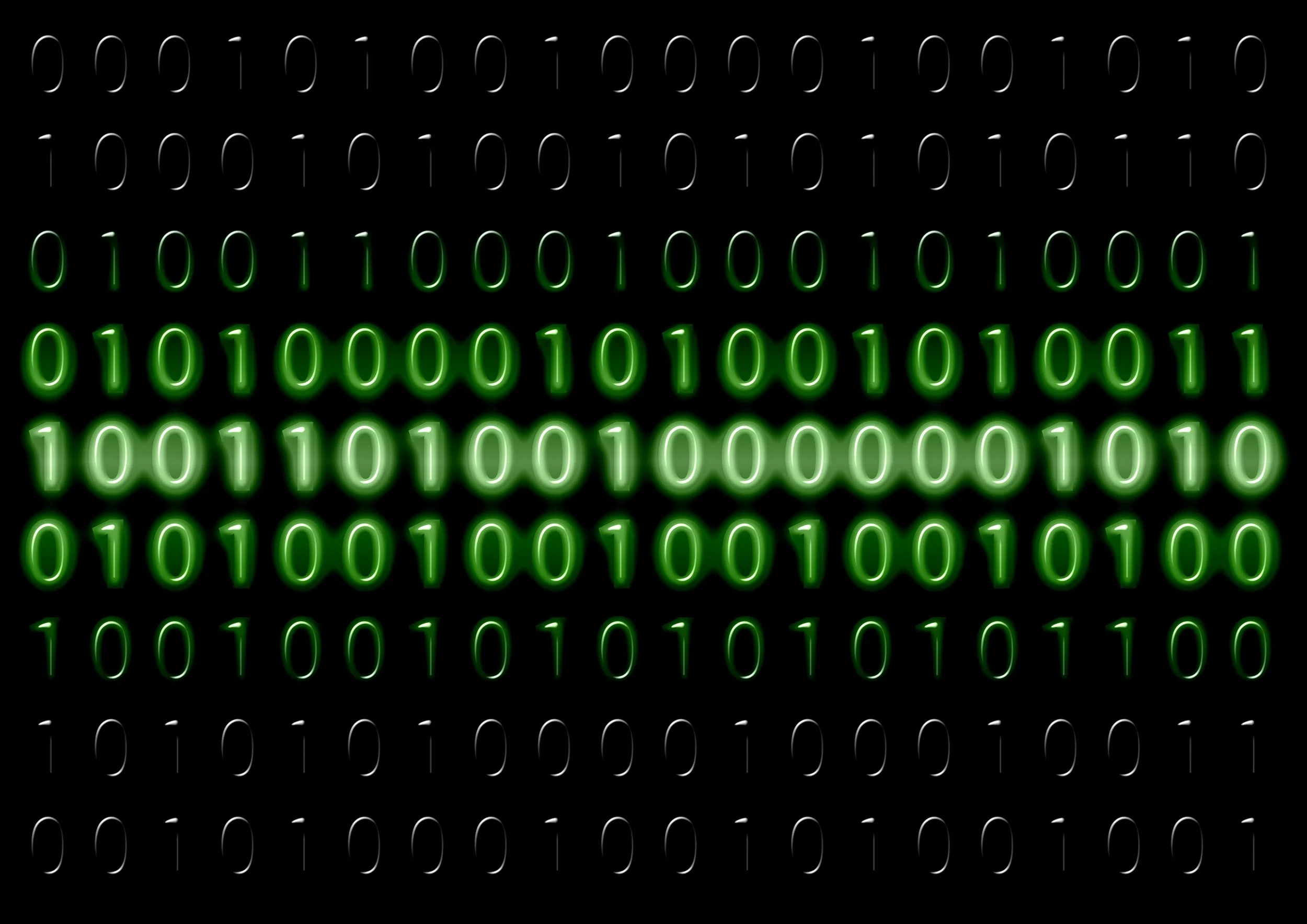WRITTEN BY JACOB COOK
ASSISTANT EDITOR, BOOM BOX POST
One of the most commonly misunderstood characteristics of digital audio is Sample Rate. Many argue about the relative merits or lack thereof when recording audio at 44.1khz, 48khz, 96khz and so forth, and the truth can be quite complicated. When it comes to recording sound effects however, it is quite clear that recording at a high sample rate can be provide serious benefits.
What is Sample Rate?
To keep it relatively simple, the sample rate of an audio recording describes the number of times per second an audio signal was sampled when converted from its analog signal into digital information. The higher the number, the more samples are recorded, and the greater the resolution the audio recording will have. Common sample rates are 44.1khz, 48khz, 88.2khz, 96khz and so on. Sample rate also determines the frequency range of your recording. According to the Nyquist Theorem, your sample rate must be at least two times the highest frequency you wish to capture. It’s a bit more complicated than that, but that’s the basic gist of it.
The Great Sample Rate Debate
Here’s where the debate starts. The range of human hearing is approximately 20hz to 20,000hz. Many recordists ask: “If humans can only hear up to 20khz, why would I record at a sample rate higher than 48khz, or even 44.1khz?” A recording made at 48khz will capture frequencies up to 24khz, well beyond the human hearing range. This is a great point, and the additional storage space required for a higher sample rate recording can prove as a strong deterrent as well. The storage space required for a recording made at 96khz is twice the amount needed for the same recording at 48khz. The truth is, in most circumstances no one will be able to tell the difference between two recordings made at different sample rates such as 48khz and 96khz.
The real benefits of a high sample rate recording are not audible normal playback, but as sound recordists and sound designers, there are additional considerations to be made. The additional resolution and frequency response allowed by high sample rates greatly increase our ability to process recordings. By recording sound effects at 96 or even 192khz, we can extensively manipulate our audio without sacrificing high frequency content, or introducing artifacts.
TIme Manipulation
Here’s a relatively straightforward example: One tool we often use as sound designers as manipulating the speed of an audio file. By playing back an audio file at a slower speed, we can lower the pitch and turn any normal human into a gigantic monster, any vegetable into a tree, and so on. The problem is, a recording made at 48khz normally has a frequency range of 0-24,000hz. When played back at 50% speed, that same recording now only contains frequencies of 0-12,000hz. 12,000hz is well below the limits of human hearing. That’s 8khz of audio information we miss out on. However if we play back a recording made at 96khz at 50% speed, we still have a frequency response of 0-24,000hz!
Here’s an example of a recording at two different sample rates:
These recordings sound pretty much identical, because in their current form, they both contain a full range of frequencies. But what if we slow the down to 30% of their original speed?
Now the difference becomes audibly clear. The 48khz recording is lacking a lot of high frequency information that the 96khz file retains. Here are a few more comparisons of different audio files.
The unfortunate truth is that many microphones will not record information as high as recording devices can capture at sample rates of 96khz or 192khz, but more and more manufacturers are working to remedy this. The Sennheiser MKH 8000 series(which was used for these samples) can record up to 50,000hz, and the Sanken C0-100k up to 100,000hz! Many microphones which spec a frequency response of 20hz-20khz will record into the high 20khz range as well, though at a lower amplitude.
Pitch Manipulation
Even without a specialty microphone though, the benefits of a higher sample rate can be heard. As sound designers we are always twisting, tweaking and transforming our audio. Often times this can result in ugly processing artifacts, especially when adjusting the pitch of an audio file. The additional resolution given by a high sample rate recording can allow increased processing headroom before audio quality is affected.
Here is an example of an audio file before and after being pitched down 17 semitones with Pro Tools Pitch II plug-in.
Many independent sound effects creators are offering their libraries at 96 and 192khz sample rates for the additional benefits they provide. Hopefully microphone manufacturers will continue to embrace extended frequency response in their designs allowing us to capture even more ultrasonic information in our recordings!



